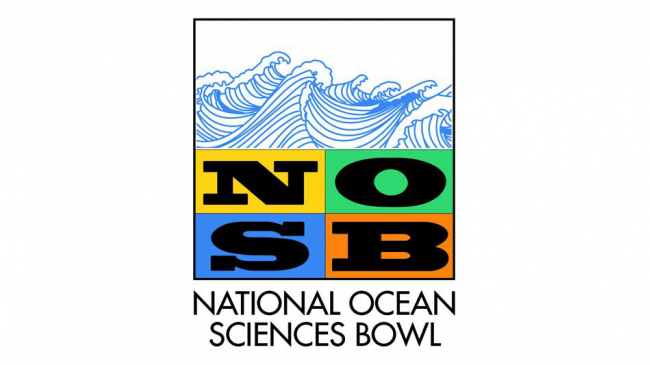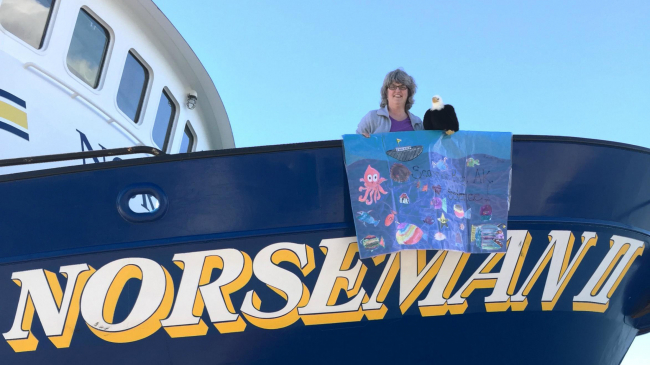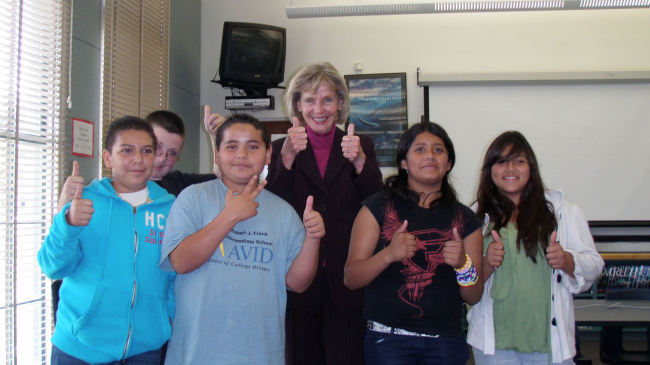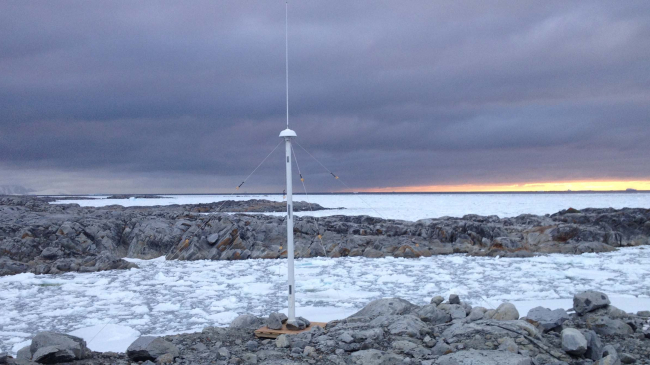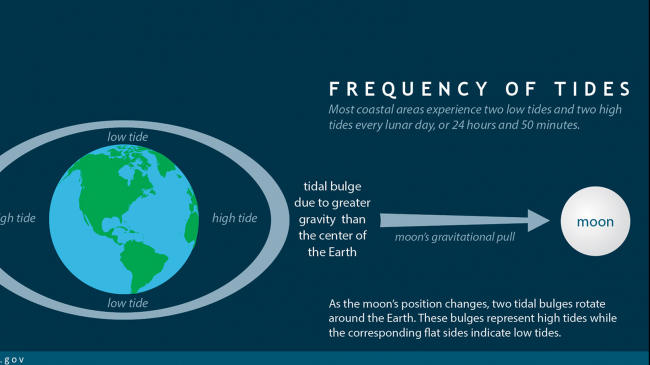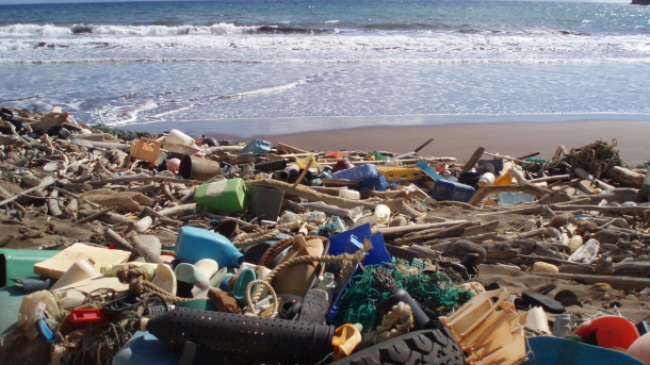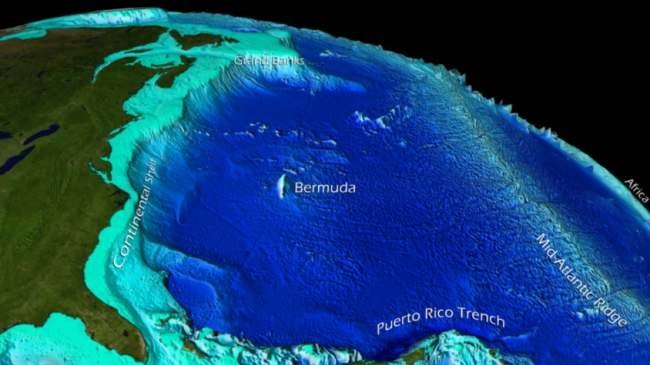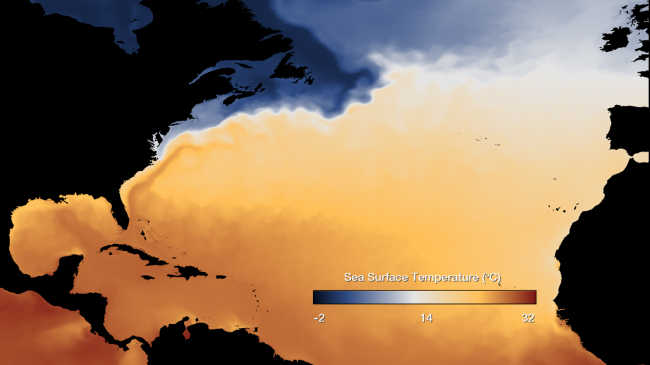The National Ocean Sciences Bowl, managed by The Consortium for Ocean Leadership, is a nationally recognized and highly acclaimed high school academic competition that provides a forum for talented students to test their knowledge of the marine sciences including biology, chemistry, physics, and geology. Teams consist of a coach and 4–5 students in grades 9–12.
Topic: Ocean
The Teacher at Sea program provides a unique environment for learning and teaching by sending teachers to sea aboard NOAA research and survey ships to work under the tutelage of scientists and crew.
An Ocean Guardian School makes a commitment to the protection and conservation of its local watersheds, the world’s ocean, and special ocean areas. The school makes this commitment by proposing and then implementing a school or community based conservation project. Grants range from $1,000 - $4,000 per school.
Knowledge of the times, heights, and the flow of tides is of importance in a wide range of situations such as navigation through coastal waterways; construction of bridges, docks, breakwaters, and deep-water channels; and for fishing, boating, surfing, and water sports.
Each year, billions of pounds of trash and other pollutants enter the ocean. Where does this pollution come from? Where does it go? Some of the debris ends up on our beaches, washed in with the waves and tides. Some debris sinks, some is eaten by marine animals that mistake it for food, and some accumulates in ocean gyres. Other forms of pollution that impact the health of the ocean come from sources like oil spills or from accumulation of many dispersed sources, such as fertilizer from our yards.
Want to climb the tallest mountain on Earth from its base to its peak? First you will need to get into a deep ocean submersible and dive almost 4 miles under the surface of the Pacific Ocean to the sea floor.
Ocean water is on the move, affecting your climate, your local ecosystem, and the seafood that you eat. Ocean currents, abiotic features of the environment, are continuous and directed movements of ocean water. These currents are on the ocean’s surface and in its depths, flowing both locally and globally.



